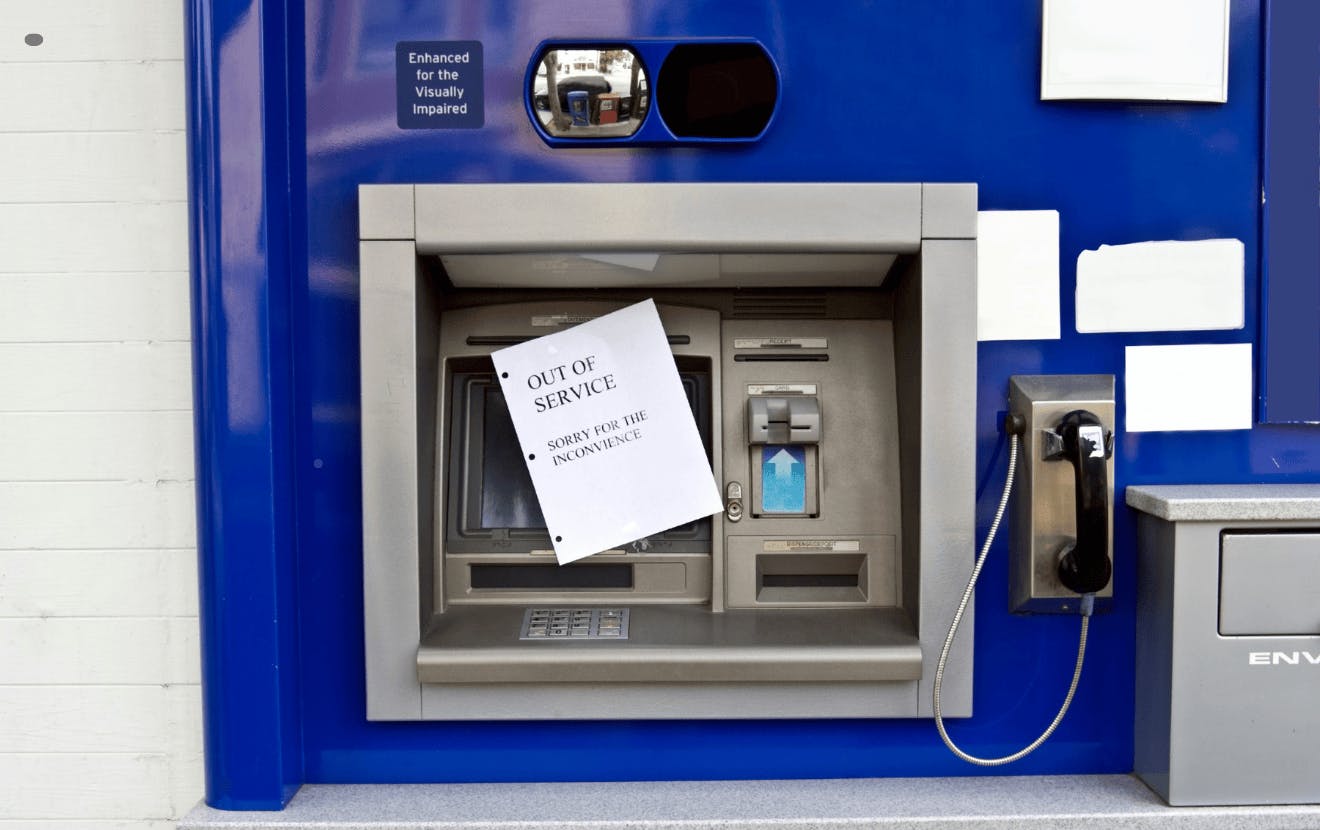The traditional branch model is no longer the only answer for establishing a high-impact presence in key markets. If you're approaching every site the same way, you're likely overbuilding in some markets, under-serving in others, and missing strategic opportunities in between.
Why size isn’t the strategy
Your goal isn’t to build branches. It’s to build relationships. That involves aligning your approach with your members’ preferences and routines. A microbranch can deliver nearly the same range of services as a full-size location, but with a smaller real estate investment, leaner staffing, and faster speed to market.
Freestanding ITM kiosks are even smaller, serving as lower-cost, higher-convenience extensions of your brand. They can deliver 24/7 access to deposits, withdrawals, loan payments, and even video-based member support (depending on which model you choose).
Three forces shaping the future of branching
1. Shifting member behavior
Despite the rise of digital banking, members still value physical branches for high-stakes conversations like securing loans, financial planning, and fraud resolution.
2. Cost control and speed to market
Microbranches and ITMs enable credit unions to enter new markets with less capital and shorter timelines. When you calibrate your branch size to the size of the opportunity, you’re not just saving money; you’re gaining agility.
3. The power of density
Rather than spreading sites across a broad area, the density approach concentrates on placing multiple right-sized locations—like microbranches or ITMs—within targeted, high-traffic zones. This focused presence increases visibility and builds trust through consistency.




